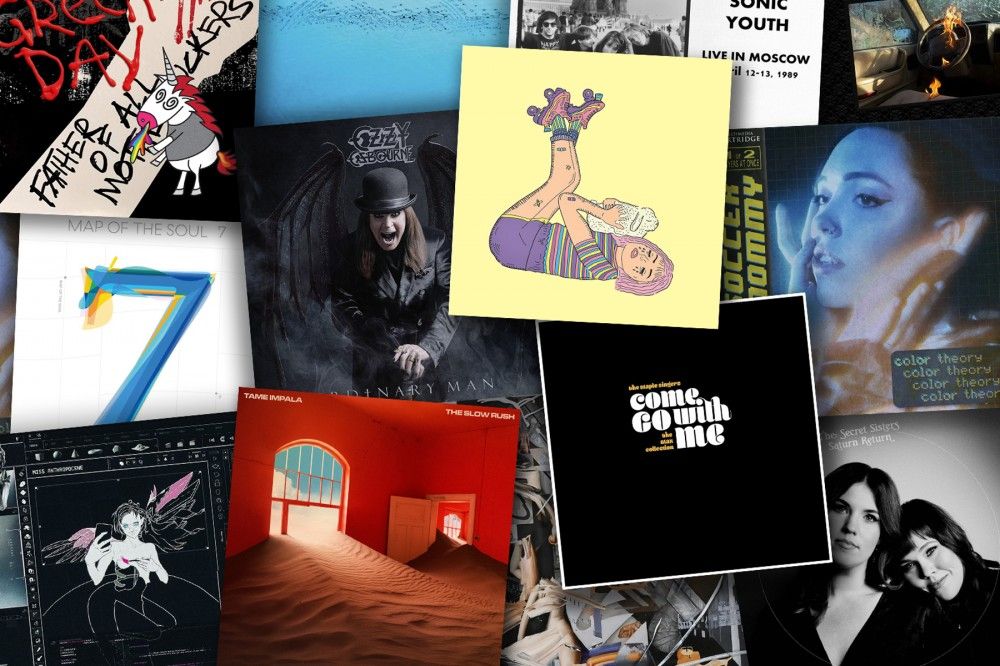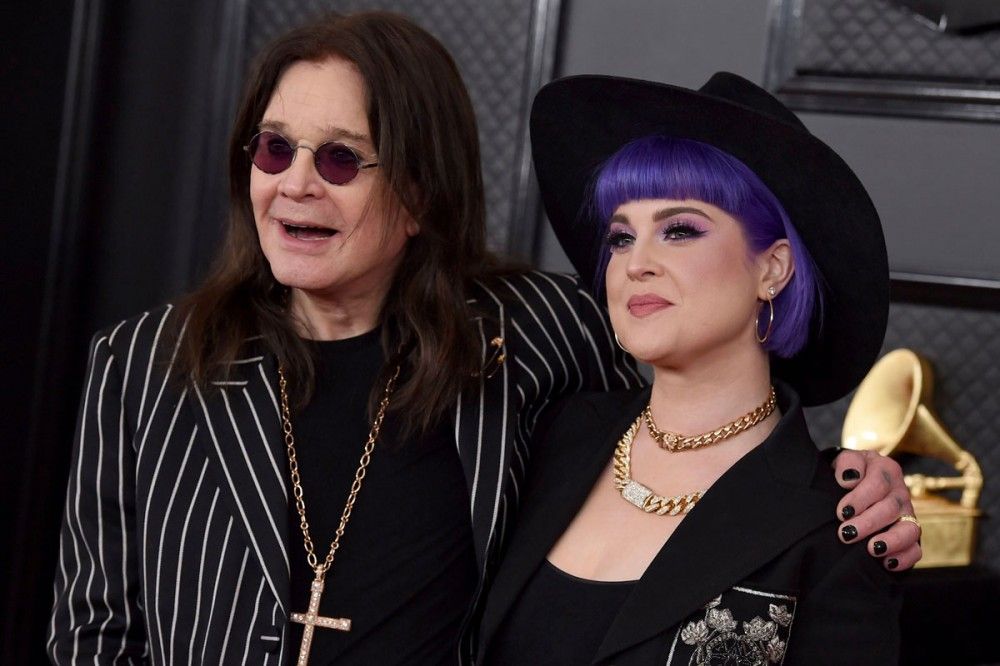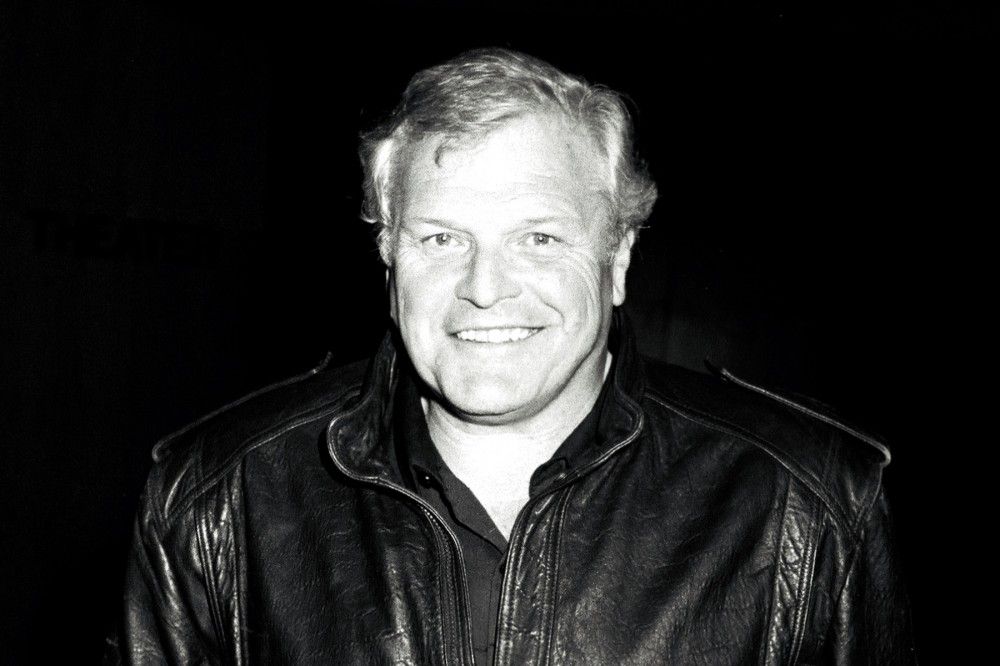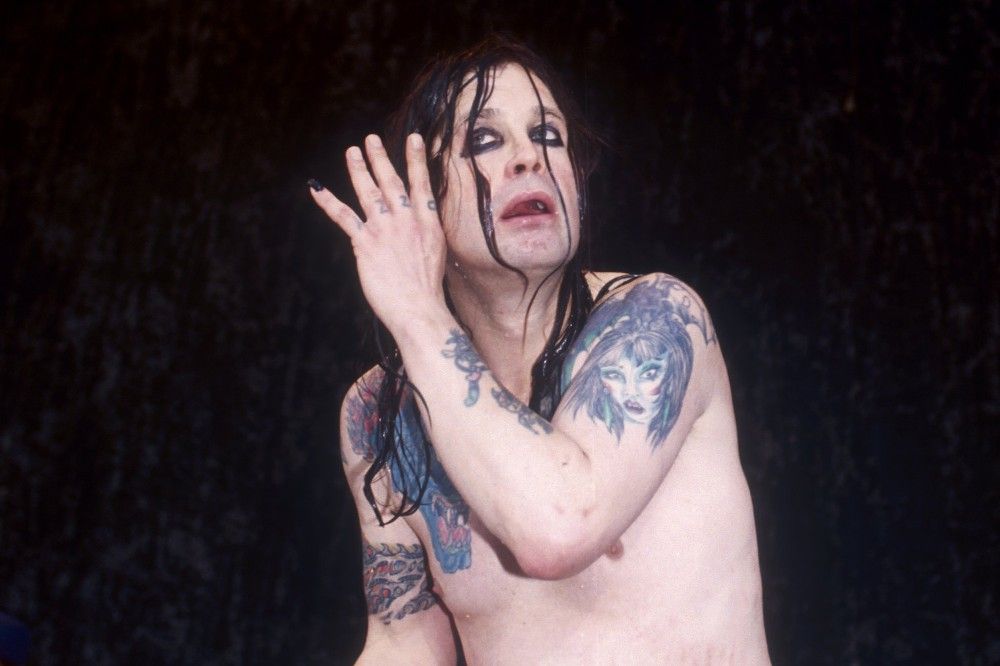
The Best Albums of February 2020: BTS, Bad Bunny, Green Day, and More
Each month, the editors and critics at Rolling Stone will compile a list of our favorite new albums. January’s picks include K-pop stars BTS, Latin-pop titan Bad Bunny, punk-rock legends Green Day and Gen Z rock prodigy Soccer Mommy.
Bad Bunny, YHLQMDLG
During the last two years, Bad Bunny has left no box unchecked en route to attaining global crossover superstardom. On his sophomore solo release, he’s trying something even more ambitious: asking us to crossover to him. An artist of his merit might try to further stretch his clout by recruiting even more maximalist pop stars and producers, guaranteed to win mainstream ubiquity the world over. Instead, YHLQMDLG convenes a family reunion of his favorite rappers and reggaetoneros to produce a genre-promiscuous work of reggaeton a la marquesina: a more street-savvy form of reggaeton once deemed so rsqué that it was criminalized and relegated to garage parties across Puerto Rico throughout the Nineties.
Green Day, Father of All…
The punk-rock icons sound refreshingly unburdened by legacy or accrued status on their latest LP. The glam-slam stomper “Oh Yeah!” summons Joan Jett’s version of “Do You Wanna Touch Me.” The speed-freak Merseybeat cheese of “Stab You in the Heart” is phony Beatlemania at its finest, right down to its screaming-girl crowd noise. A couple songs — the begging, pleading breakneck title track, the wonderful Dexy’s Midnight Runners-tinged mod swing of “Meet Me on the Roof” — play with echoes of Sixties soul.
Secret Sisters, Saturn Return
The fourth album from Alabama sibling duo the Secret Sisters is the stunning country-soul opus their talent has always promised. In 2017, the pair enlisted singer-songwriter Brandi Carlile to co-produce their third LP, You Don’t Own Me Anymore, helping them up their game in a set of songs about piloting life’s hardships, delivered with tender intimacy. Carlile is back for Saturn Return, a spare, -gorgeous, relatably realistic set.
BTS, Map of the Soul; 7
Map of the Soul: 7 is their most smashing album yet, showing off their mastery of different pop styles from rap bangers to slow-dance ballads to post-Swedish electro-disco to prog-style philosophizing. The seven members have been together seven years, and it’s inspired them to sum up where they’ve been even as they look ahead to their future. A few of the songs are already familiar from last year’s teaser EP, Map of the Soul: Persona—the thugged-out hip-hop bluster of “Dionysus,” the surprising Ed Sheeran co-write “Make It Right.” In “Intro: Persona,” RM drops the English word “superhero” into his Korean rap—he used to dream of being one, then he became one, but now he finds the work has just begun.
Beach Bunny, Honeymoon
The Chicago band’s debut full-length will be an immediate boon to fans of heart-on-sleeve indie bands like That Dog, Waxahatchee, Charli Bliss, and the Beths. They cover a lot of ground in the album’s nine songs — from the pop punk of “Promises” and “Cuffing” to the cuddle-core ballad “April” to the Paramore-like push-pull explosiveness of “Colorblind” to Trifilio’s solo organ rumination “Racetrack,” which brings to mind the piano poetry of Joanna Newsom. Several songs effortlessly speed along into agile twin-guitar breaks that are almost like Congolese soukous in their liquid synergy.
Soccer Mommy, Color Theory
Sophie Allison is just two years into her twenties, but she sounds as if she’s been navigating early adulthood for decades, wading through the waters of depression and sadness while fighting a few demons along the way. Some of her sophomore album’s tracks share the same titles as songs from the Nineties and early aughts (“Night Swimming,” “Crawling in My Skin”) and it’s hardly unintentional: Allison, who was born in 1997, aimed to make Color Theory sound like her childhood — a time when teens had translucent iMacs and Tamagotchis instead of TikTok.
Tame Impala, The Slow Rush
The Slow Rush is Tame Impala’s first album since their 2015 breakout, Currents. Parker still sings like a Bee Gee with the soul of Bowie’s Major Tom, floating above his thick disco, funk, and trip-hop beats, beautifully manicured synth textures and easeful Yacht-soul melodies. Even when songs wander off into diffuse eddies, or when he crams several distinct micro-movements into the same tune, everything seems obsessively considered, as if he spends more time perfecting the hi-hat clicks than most artists take making their whole record.
Ozzy Osbourne, Ordinary Man
In the past year or so, he’s faced some serious health reckonings, including a potentially deadly staph infection that sidelined him from an otherwise triumphant world tour, a fall that was so intense that he needed surgery, and a surprising Parkinson’s disease diagnosis. Ordinary Man, his first new album since Black Sabbath’s blockbuster reunion LP, 13, and first solo offering since 2010’s Scream, is a tribute to his resilience.Because he recorded the LP in the depths of misery, the songs, whether tender or bawdy, are more revealing and personal than some of his past hits.
The Staple Singers, Come Go With Me: The Stax Collection
“Gospel goes deeper than entertainment,” Pops Staples said in 1968, shortly after his group, the Staple Singers, signed with Stax Records. “It is the word of god. But you can’t push that down anybody’s throat. All we can do is get as many people to hear us as we can.” A new box set, Come Go With Me: The Stax Collection, which gathers together the band’s Stax discography on vinyl for the first time in ages, traces the Staple Singers’ eternal relationship with this central tension–how to expand their Chicago gospel roots for a popular audience–over the course of their six-album tenure with the Memphis-based R&B powerhouse label from 1968 until 1974.
Caribou, Suddenly
Boldy James, The Price of Tea In China
The Detroit rapper and veteran producer hook for up for enveloping album. Boldy James’ slow, fluid delivery and deep, matter-of-factly low-key voice meld perfectly with richly textured, mid-tempo beats that can be hard-hitting, meditative, foreboding or psychedelic, as he renders his world in memorable detail, whether he’s comparing a rival crew to a boy band or vividly capturing the physical grind of police chases and long inter-state drug-run drives or shifting from grizzly description (“drunk in the Porsche / Trunk full of corpse / Done with the torch”) to tender lines about how much he loves his kids.
Grimes, Miss Anthropocene
After spending the better part of the past decade gravitating toward a state of pop auteurism, Claire Boucher’s climate change-themed album sounds finds her returning to primordial, nu-metal ooze. Poisoned smog seeps through the air on tracks like the stunning six-minute opener, “So Heavy I Fell Through the Earth.” While Boucher’s vocals soar above the stratosphere, a handful of well-placed rumbling synths bring her sinking back down into the Earth’s core. The album wallows in this dread of imminent destruction before learning to embrace it and, eventually, become one with it.
Greg Dulli, Random Desire
Could it be that after decades of self-flagellation Greg Dulli is ready to cut loose? On Random Desire, the latest solo outing by the Afghan Whigs and Twilight Singers’ resident tortured poet, he sounds like he’s at least willing to try. As a whole, the album is a surprising turn for an artist who built much of his legend on self-loathing, brooding, and yearning (both existentially and carnally).
Sonic Youth, Live in Moscow
Sonic Youth’s Daydream Nation has been rightly defined as one of the landmarks of Eighties indie rock, and possibly its last galvanizing moment before so much of that scene collapsed. The band still played a few of the album’s songs onstage right up until its 2011 breakup, which followed the separation of founding couple Kim Gordon and Thurston Moore. But what we’ve never heard, outside of bootlegs, is the sound of Sonic Youth wailing on those songs right after the album was released in the fall of 1988. Three decades later, we finally get that chance with Live in Moscow April 12-13, 1989.



